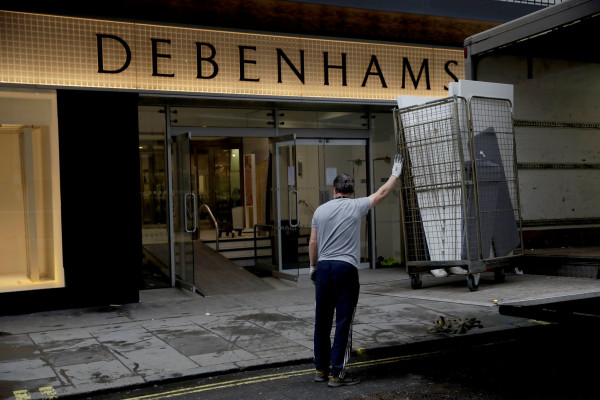Likewise, their initial costs are far lower due to a vast imbalance in business rates imposed on businesses operating in our nation’s town centres or in large warehouses in industrial areas.
In fact, in many commercial units, business rates are now higher than rents payable. While clear changes need to be implemented from the government, landlords and investors can help to support businesses in maintaining their physical presence.
Throughout the pandemic, many commercial landlords have tirelessly worked to offer new deals to tenants – offering more favourable rental agreements, rent holidays, deferred rent payments, discounted rents and rents linked to turnover.
As businesses begin to navigate their way out of the lockdown, many of these changes are likely to remain in place across the commercial property sector.
Historically, commercial property leases have been tied to one of three common types: gross/inclusive lease; net/full repairing and insuring lease (single/double/triple net); and turnover leases (gross or net).
These leasing terms each measure the tenant’s rental costs based upon the needs of the occupier. Gross leases, for instance, will see a tenant pay a set rental fee. Landlords operating under these terms are usually responsible for servicing the business rates/property taxes, utilities, maintenance and security.
Net leases operate by the tenant paying a set rental fee, alongside agreed additional costs (for example: property tax; service charges including common area maintenance; and insurance) without paying a percentage fee of the gross profits. Turnover leases will see a tenant pay a percentage of the turnover attributable to the unit they occupy and sometimes includes a base rent. These can combine a mixture of both gross and net lease elements to include a set rental fee and some operating expenses (but not always as many as with a standardised net lease).
The impact of the pandemic on the industry has called into question the dynamic between landlords and tenants as to how these leases will continue to operate.
Offering greater financial viability and reducing fixed-term costs, many businesses that have been impacted from having to pay fixed-term net lease agreements throughout the pandemic are likely to explore short-term turnover leases as part of their business plan for the way out of the pandemic.
For this to work for investors, landlords and occupiers alike, there needs to be sufficient transparency when it comes to the information provided by occupiers.
In general, occupiers should be able to afford 15 per cent to 20 per cent of their turnover to cover the occupational costs of a store; it is then up to the asset and property managers to determine how much of this is rent, by managing service charges and ensuring business rates are at a reasonable level by liaising with rating authorities where possible.











